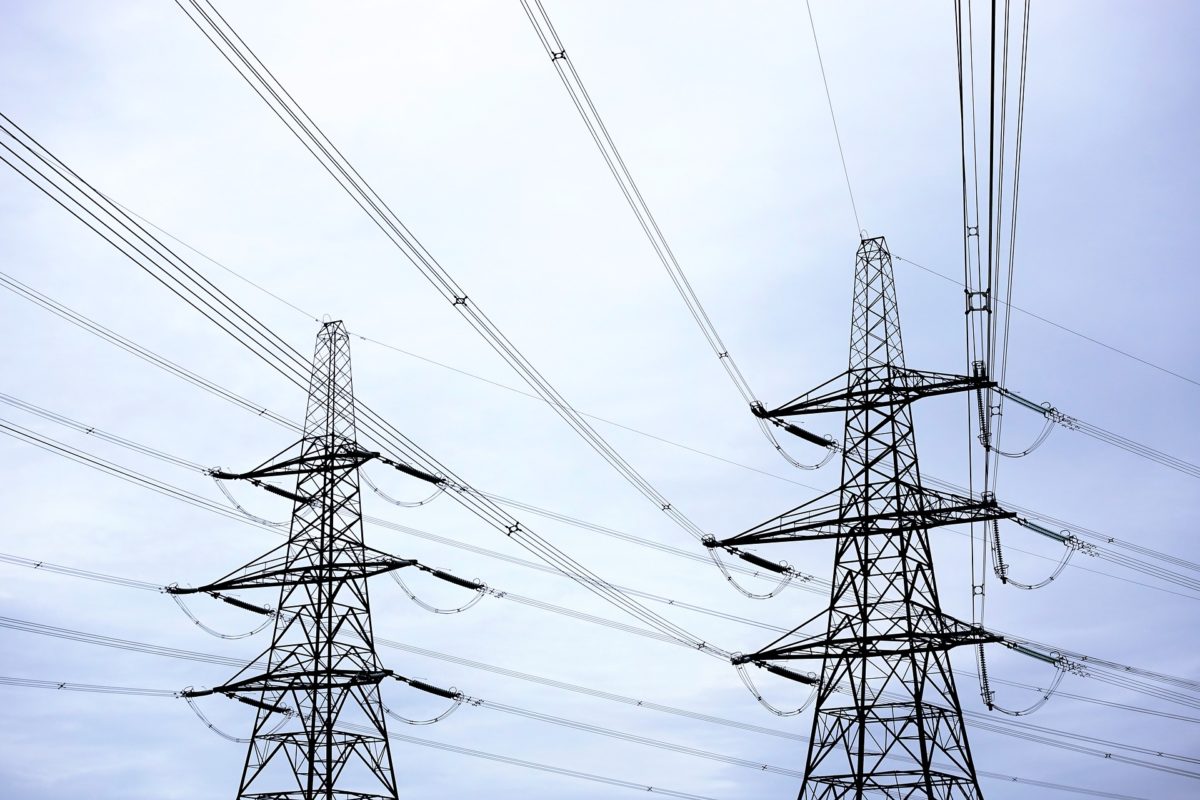Sustainable energy company Avangrid Inc. has announced a pilot project with LineVision Inc. that explores increasing New York’s current transmission capacity through monitoring software.
The project will deploy advanced monitoring for overhead transmission lines in the Hornell, N.Y. area. This will reduce grid congestion by providing real-time data on where additional power can safely flow through the existing transmission infrastructure. If successful, this increased visibility could link more renewable energy resources to the state’s electrical grid.
Historically, grid operators used static line ratings to decipher a grid’s energy capacity. They were applying the same weather assumptions to the entire grid regardless of the location of each line or the maximum continuous temperature it could withstand during its lifetime. This approach limited grid potential.
LineVision’s monitoring software observes and collects real-time data. Otherwise known as dynamic line ratings (DLR), the product determines the capacity limits of the power lines by assessing the current sag temperature and forecasted weather conditions in each region. The company reports that this increases the adaptability of transmission lines as they can more efficiently and safely increase the amount of energy flowing through them in response to current and evolving conditions.
LineVision’s no-contact sensors also share insights on conductor health while detecting anomalies and risks. Moreover, the software can be deployed at scale without cutting off power. This combination can help stakeholders take a deep dive into understanding how to accelerate net-zero grid construction safely. “Our technology has helped our utility customers identify between 25% and 40% additional capacity on existing lines, which helps accelerate a transition to renewables,” said Hudson Gilmer, CEO and co-founder of LineVision.
Monitoring current transmission lines decreases the necessity of large upgrades, which may help stabilize utility bills for New York residents. This is because the costs of incentivizing renewable electricity development and transmission upgrades are borne almost exclusively by the state’s utility customers through a charge per kilowatt hour of electricity consumed. The New York State Energy Research and Development Authority (NYSERDA) has spent almost $6.7 billion of ratepayer funds on various clean energy programs between 2008 and 2021, The Office of the New York State Comptroller (NYSOSC), currently led by Thomas P. DiNapoli reports.
New York has the tenth highest utility bills in the nation, and charging consumers per unit of electricity used economically impacts low-income households the most. Part of the state’s CLCPA requires at least 35% of benefits be directed to members of disadvantaged communities.
One NYSOSC report proposes programs that provide low-income electric customers with bill credits to lower their overall utility cost through community solar programs like the Solar for All Program. Other suggestions include limiting electric bills of low-income consumers to 6% of household income pending their participation in state-sponsored electric installation and appliance programs.
LineVision will partner with Avangrid’s electric utility operating company, New York State Electric & Gas, to install a non-contact lidar that will monitor transmission lines running from Elma Wyo., to Strykersville Wyo., and Warsaw Wyo., to Perry Wyo.
Funding for the project was awarded to Avangrid and LineVision through the second round of NYSERDA’s Future Grid Challenge program. It centers on researching and scaling transmission and distribution technologies to realize New York’s CLCPA goal of achieving 70% renewable energy by 2030.
This content is protected by copyright and may not be reused. If you want to cooperate with us and would like to reuse some of our content, please contact: editors@pv-magazine.com.








By submitting this form you agree to pv magazine using your data for the purposes of publishing your comment.
Your personal data will only be disclosed or otherwise transmitted to third parties for the purposes of spam filtering or if this is necessary for technical maintenance of the website. Any other transfer to third parties will not take place unless this is justified on the basis of applicable data protection regulations or if pv magazine is legally obliged to do so.
You may revoke this consent at any time with effect for the future, in which case your personal data will be deleted immediately. Otherwise, your data will be deleted if pv magazine has processed your request or the purpose of data storage is fulfilled.
Further information on data privacy can be found in our Data Protection Policy.